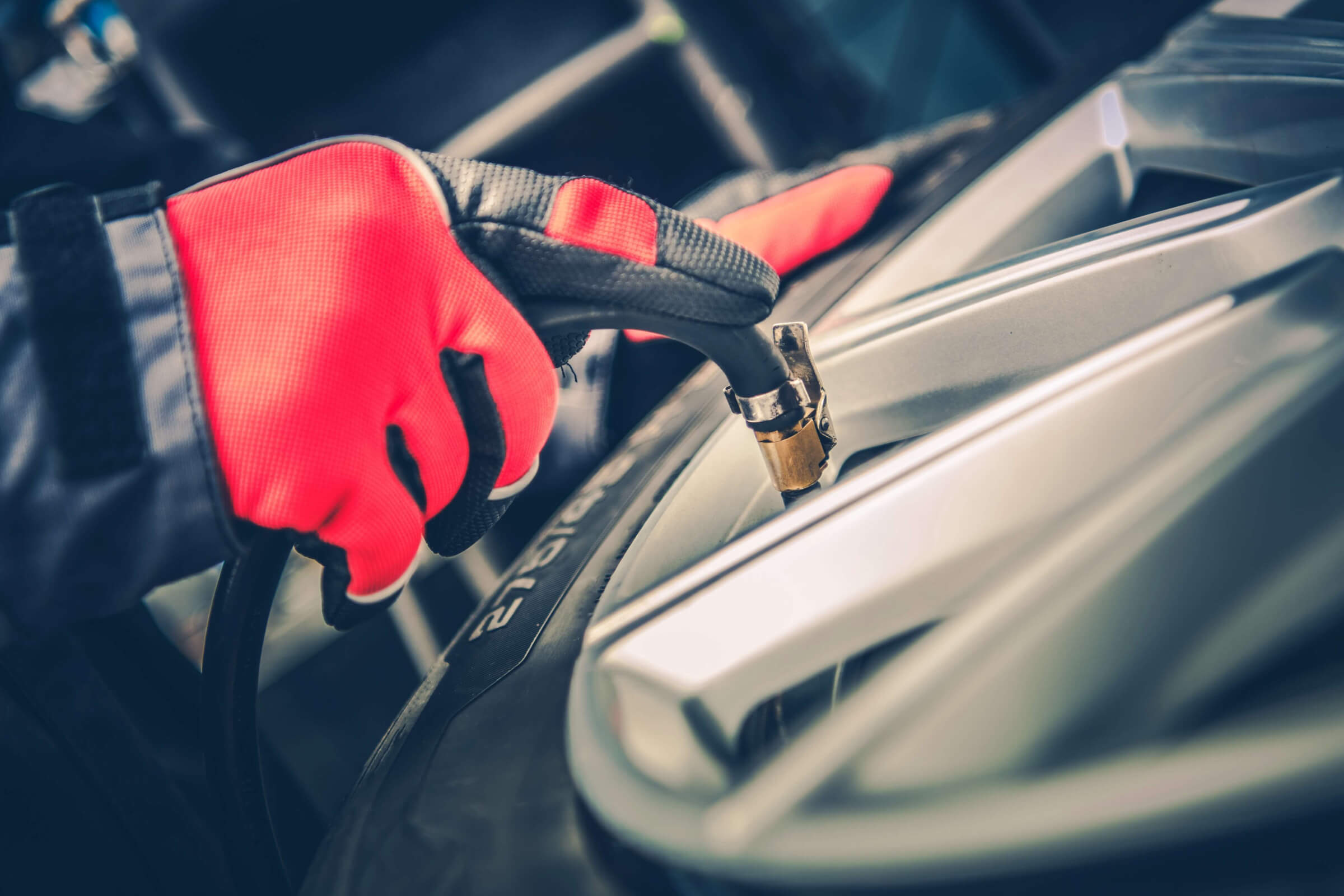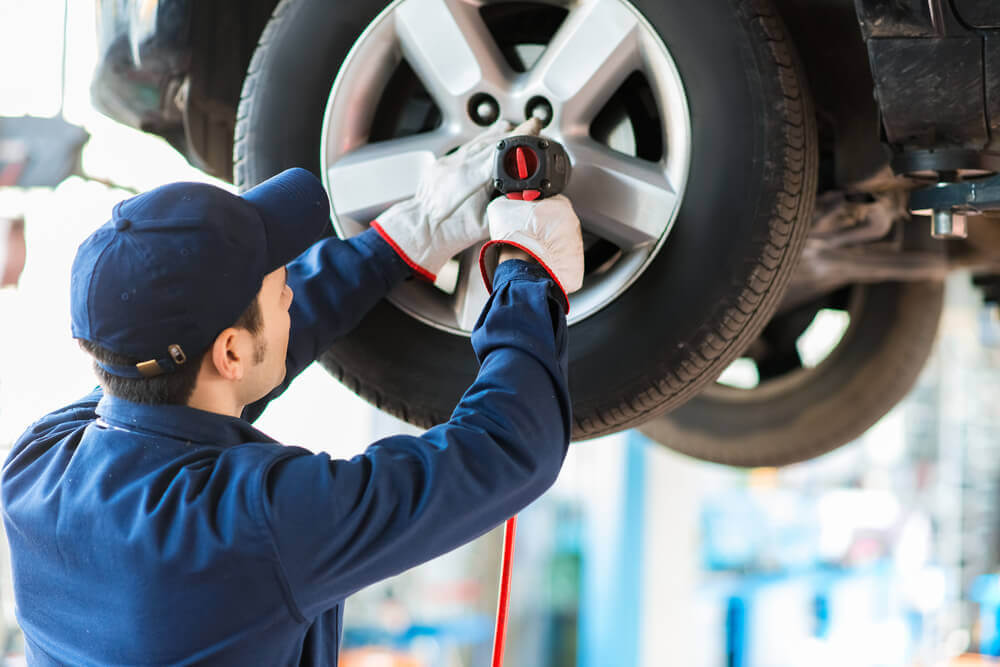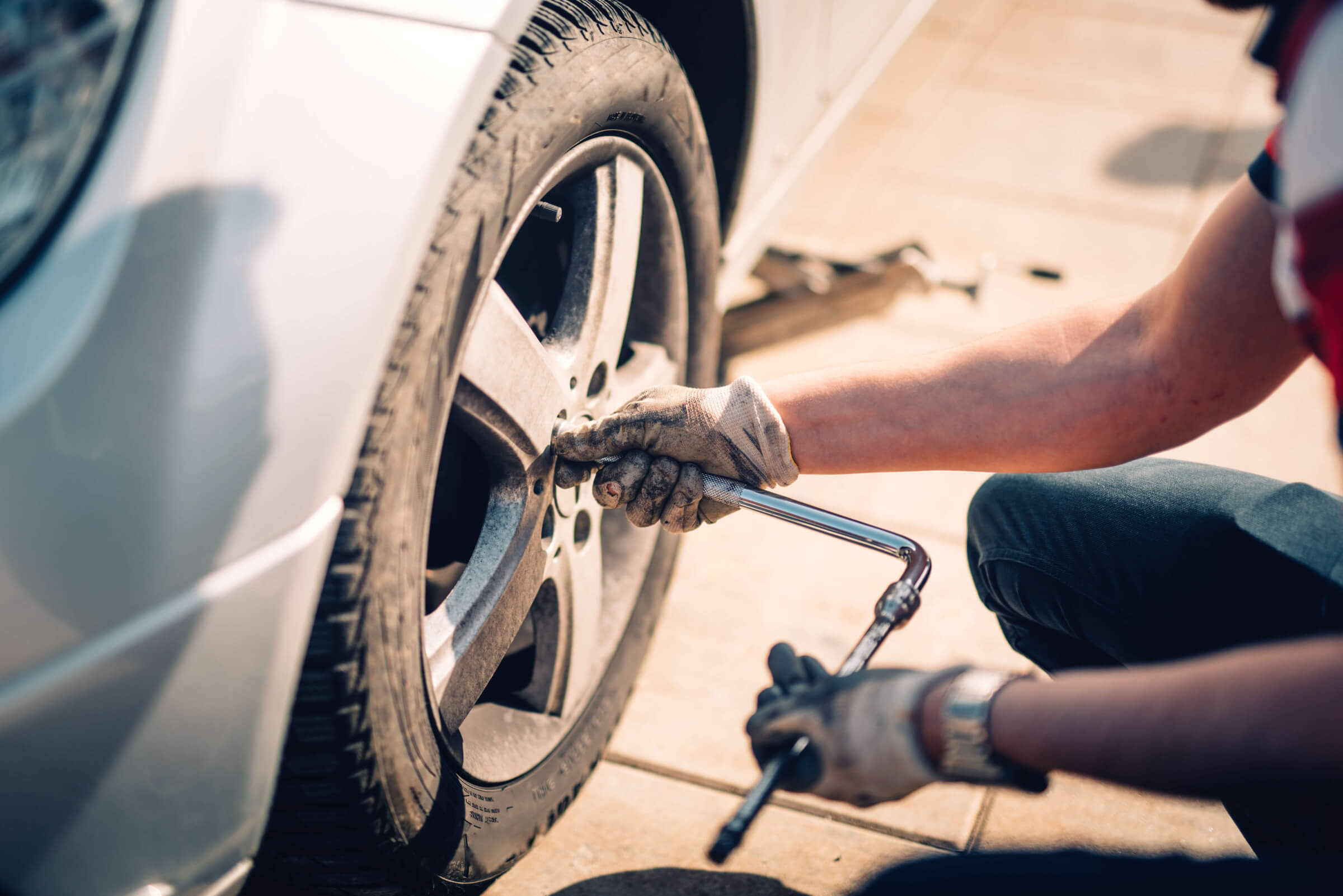The air pressure in tires is of paramount importance in terms of safety and it must always be optimal: never more, never less! Did you know that a study conducted by Transport Canada shows that nearly one out of every four vehicles in Canada is driven with tires under inflated by 20%? And that nearly 70% of the others have a tire pressure 10% higher than the recommended pressure? That’s why blackcircles Canada explains everything you need to know about tire pressure for your car, the consequences of poor tire pressure and how to control it!
Maintaining a good pressure: it’s important!
Tires—or more specifically the air in them—support almost all of the vehicle’s weight, about 95%. This is why you must always make sure that the pressure is optimal, so that your trips are safe for you and other road users. We want to avoid at all costs that our tires burst under too high a pressure or that you ride practically flat because they run out of air!
What’s more, by having the right tire pressure for your car, you will save on your fuel cost while prolonging the life of your tires; you win on all fronts!
Driving with under-inflated tires = premature wear
If your vehicle’s tires are under-inflated, the sidewalls will wear more quickly because they will be in contact with the road, something that doesn’t happen—or very little—when they are properly inflated. This will shorten the life of your rubber, reduce your grip and make braking less effective, not to mention the risk of the tire bursting when the sidewalls are worn out.

What if my tires are overinflated?
Overinflating is not a good idea either, as tires can also wear out faster not on the sidewalls but in the centre of the tread. This is the area that will have the most contact with the road, so it will wear out faster. In addition, since tires will tend to “bounce” due to over-inflating, braking distance will be increased while traction will be decreased.
What is the ideal pressure for my tires?
It depends not only on the tires, but also on your vehicle! You can find the recommended pressure for your vehicle on the identification label on the driver’s side door pillar (on some vehicles, this label can be found on the fuel tank access door). If you can’t find this information, you can always consult your driver’s manual.
As a guideline, adequate pressure is generally between 30 and 35 PSI (pound-force per square inch).

I found an air pressure reading on my tires, can I use that number?
All tires have an air pressure on them, but it is not the recommended pressure, but the maximum pressure the tire can hold. You should therefore rely on the pressure indicated on your vehicle!
Does temperature affect air pressure?
Yes, that’s why it’s a good idea to check the pressure when the tires are cold (going to the gas station a few blocks away won’t change the situation). Air tends to expand when it’s hot, so don’t check the pressure after driving for hours. It’s also best to inflate the tire when it’s cold to make sure you have enough air.
Also, remember that a tire loses an average of 1 PSI every 5 degrees of mercury, so it is important to check tire pressure regularly. It is recommended to check it at least once a month, and more often in the following cases: when the mercury rises or falls by 10 degrees or before leaving for a long trip. Also remember to check your spare tire pressure!
How do I know the pressure of a tire?
You can use a tire pressure gauge, which you can buy in many big-box stores that have an automotive department. In addition, many models of tires have pressure sensors (TPMS), which are integrated into the valves of these tires. If a drop in pressure is detected, a signal will be displayed on the dashboard to alert the driver to take immediate action.

These pressure sensors will also detect any change in the speed of a tire’s rotation (if the speed increases, it is less inflated). These sensors can be found not only in 4-season tires, but also in summer and winter tires.
It only takes a few minutes to check tire pressure, so think about it and avoid unpleasant surprises!







